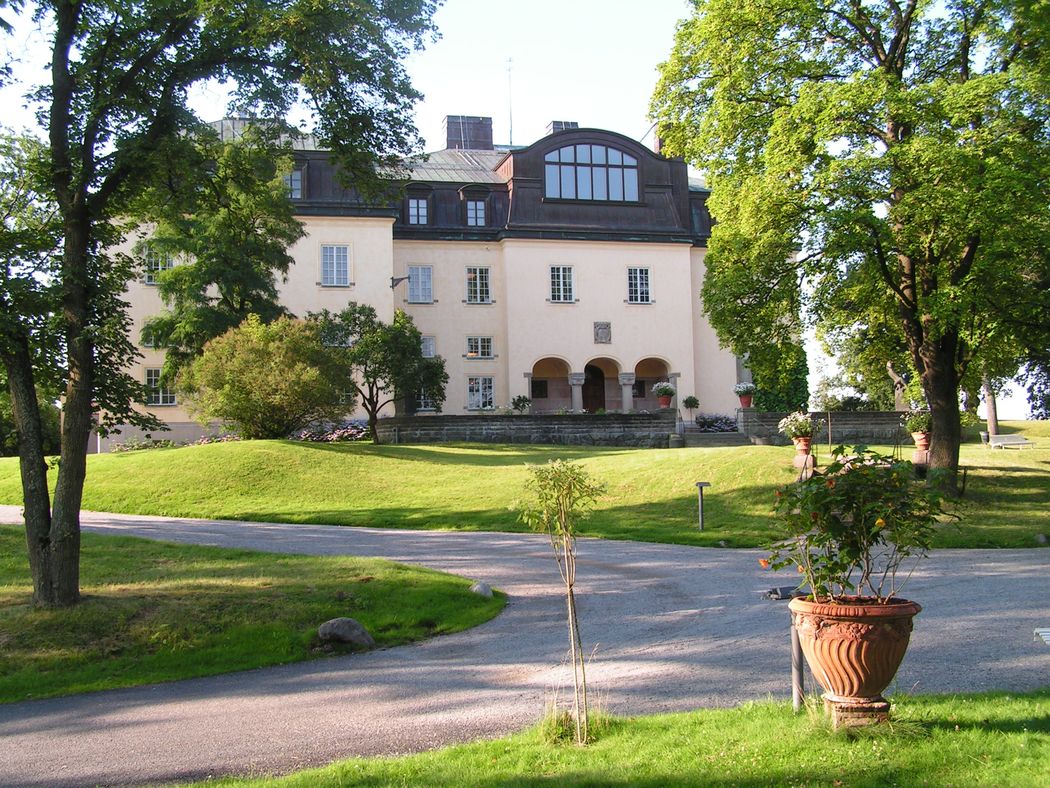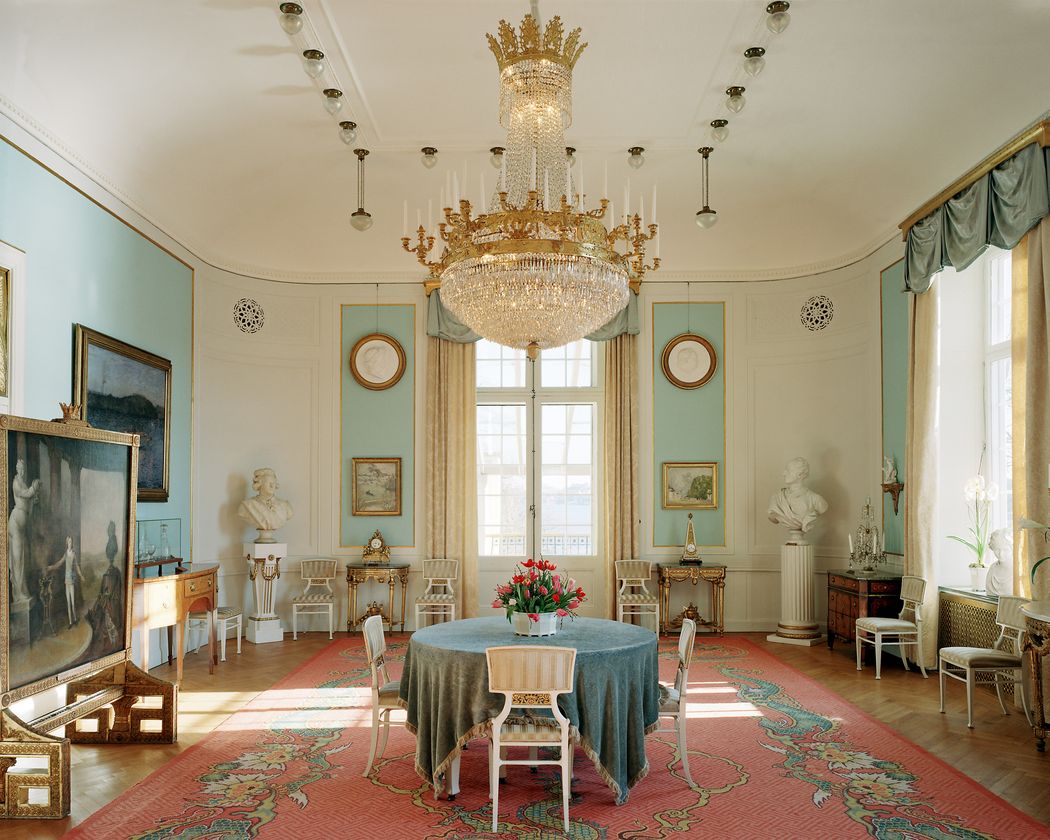Inside the Artist's Studio
This blog is part of a series. We asked curators from studio museums across Europe to respond to the question 'How do you keep the artist's spirit alive in a studio museum?'
Prins Eugens Waldemarsudde was the home of the landscape painter and royal prince Eugen (1865-1947). His dual loyalties as a prince and as an artist were reflected all the undertakings of his life, and also the creation of his home.
Eugen closely collaborated with the architect Ferdinand Boberg (1860-1946) in the design and construction of his house, which was finished in 1905. His duty to the crown, his profession as an artist, his role as a patron of the arts and as an art collector, together with his renowned welcoming personality, are all reflected in Waldemarsudde, which has both a stately and a homely air.
A confirmed bachelor throughout his life, Eugen harboured thoughts at an early stage of bequeathing his home along with his extensive art collection to the Swedish people. In Eugen's will he clearly outlined his intentions for the use of Waldemarsudde and the task of its trustees: “…to preserve the estate as a cultural heritage and in a vibrant way make it accessible to the public."
Eugen died in 1947 and the following year Waldemarsudde was opened to the public.
Apart from being an artist himself, Eugen was also a passionate art collector. After moving to Waldemarsudde, he soon realized that, despite its grand scale, the house wasn't large enough to accommodate his rapidly growing collection, and he commissioned a purpose built gallery for it.
Interestingly, before the construction of the gallery, Eugen met several times with the progressive director of the Kunsthalle in Hamburg, Alfred Lichtwarck (1852-1914), and discussed the latest innovations concerning the exhibition of art in public museums and art galleries.
Influence from Lichtwark can clearly be traced in Eugen's gallery; for example, it has a classicist plan where the central great hall is crowned with a lantern, enabling sky-lit exhibits. After its completion in 1913 it was hailed as one of the most modern art galleries in Scandinavia.

Prins Eugens Waldemarsudde, exterior
Although Waldemarsudde was originally a private home, its stately atmosphere and the existence of the gallery, built on a museum-like scale, naturally facilitated its transition into a public museum.
Today we stage two - sometimes even three - temporary exhibitions at the same time at Waldemarsudde, using the gallery as well as the upper and studio floors of the house for this purpose. The ground floor's hallway, salon, dining room, library and so-called 'flower room' are - in accordance with the will - kept as they were furnished during the last years of Eugen's life.
Through the exhibitions, we aim to examine different aspects of Eugen's life and art as well as the art of his contemporaries and that of later generations. The generous exhibition spaces give us the possibility to treat a wide range of subjects.
Throughout his life Eugen followed new currents and trends of the art world and collected the work of a wide variety of artists. In this respect, he would probably have appreciated the numerous and diverse exhibitions that have been staged at Waldemarsudde since its inception as a museum. He would probably also have appreciated the fine balance that has been kept between the experience of the furnished ground floor and the temporary exhibitions.
On several occasions a broadened and deepened experience of Waldemarsudde as Eugen's personal home have been made possible, for instance, when the furnished rooms have been more closely integrated with exhibitions concerning his life, art and collection. This has, for example, given the visitors a chance to experience the changing character of Waldemarsudde during Eugen's lifetime.
At Waldemarsudde the exhibition spaces and the furnished rooms are clearly defined but not continuously differentiated - being two equally integral parts of the greater whole of the visitor's experience.

Prins Eugens Waldemarsudde, view of the dining room
Another important part of the visitor's experience of Waldemarsudde is its large park. Eugen took great interest in all aspects of the park's maintenance, which is managed today in much the same way as it was done during his own lifetime.
Together, the house, gallery and park form a particularly well-conceived gesamtkunstwerk. Visits to Waldemarsudde can also be enriched by, for example, musical soirees, lectures and an extensive visitor's program for children, including workshops and guided tours.
Due to the way Eugen originally conceived Waldemarsudde for himself, as well as to how he envisioned its use after his own lifetime, it is quite possible to harmoniously make it accessible in a vibrant way to the public. The well-balanced parallel activity of the staging of temporary exhibitions and the preserving of Waldemarsudde's house and park, enables a balance to be kept between the retention of the aura of a private home and the need for a continuing and evolving interpretation of prince Eugen's legacy.
This blog is part of a series. We asked curators from studio museums across Europe to respond to the question 'How do you keep the artist's spirit alive in a studio museum?'